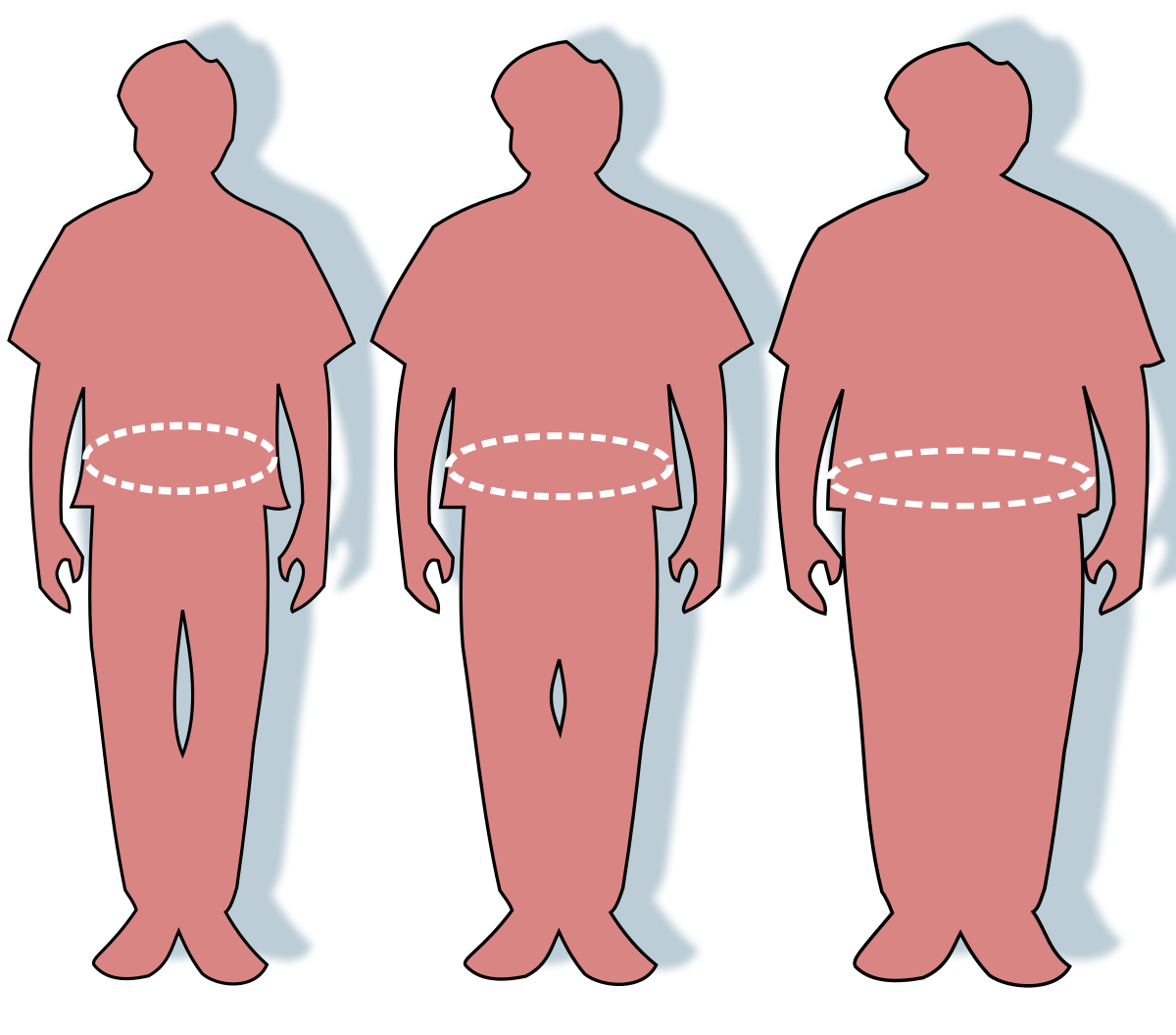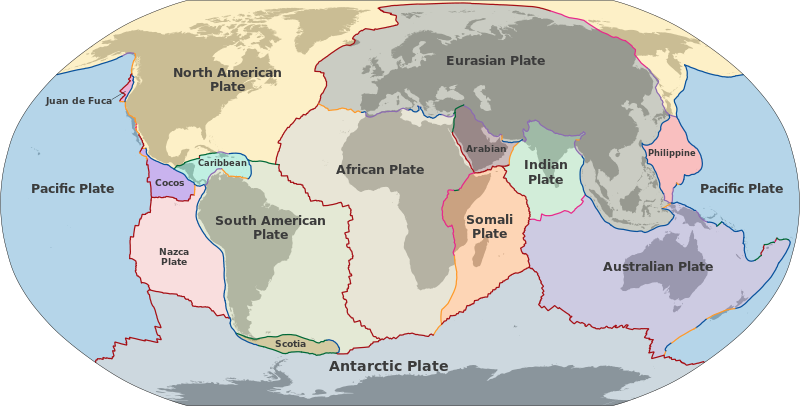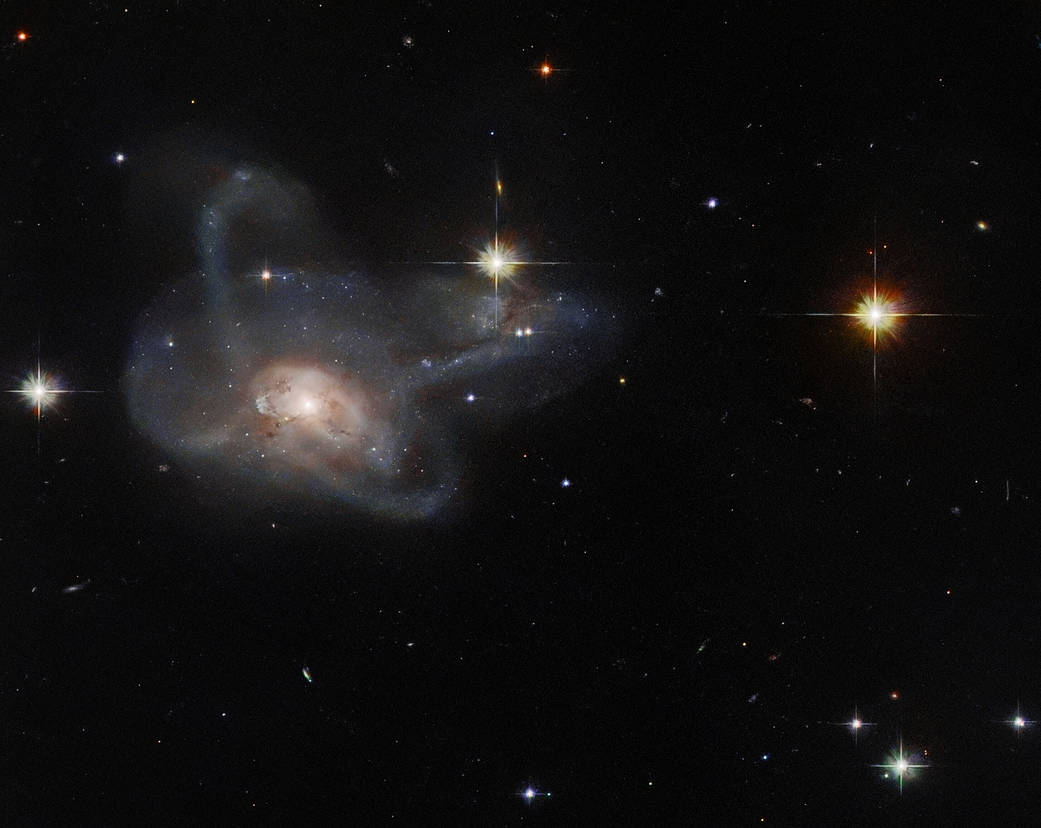High optical transparency for good light transmission and high optical haze for increased absorption of transmitted light are two key factors that affect a solar cell’s performance. So far, materials with high transparency values (about 90%) have very low optical haze values (less than 20%).
But now, a team of researchers from the University of Maryland, the South China University of Technology and the University of Nebraska-Lincoln have developed an inexpensive paper solar panel component made from a new kind of paper that is made of wood fibers.
This wood fiber solar panel is more environmentally friendly than the plastic substrates currently being used. What makes this research so exciting is that the new wood-based paper also has better transparency (96%) and an ultrahigh optical haze (60%).
Regular paper with microfibers has a microporous structure that causes light scattering. But in order to eliminate the micropores and improve the optical transparency, the researchers used a treatment called TEMPO. This treatment weakens the hydrogen bonds between microfibers in the wood which causes them to swell up and collapse into a dense, tightly-packed structure containing nanopores rather than micropores.
With these advantages, this highly transparent, high-haze paper could be a revolutionary inexpensive material for next-generation solar cells.






